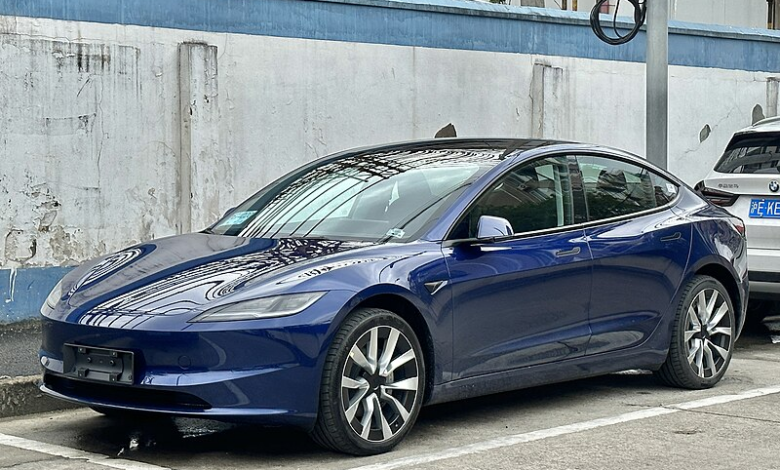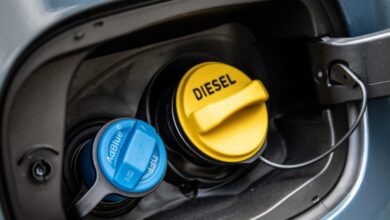Why EVs Still Command a Premium over ICE Vehicles?

In the quest for a greener, more sustainable automotive future, electric vehicles (EVs) have emerged as the vanguard of innovation. With their promise of zero emissions and lower operating costs, EVs are heralded as the next frontier in transportation.
The European Union has officially endorsed proposals aiming to achieve a complete reduction of car emissions by 100 percent by the year 2035. This decision aligns with similar measures implemented in various countries such as China, Japan, Canada, and Hong Kong. Practically this means that no petrol & diesel cars can be sold then.
Even though Australia doesn’t have such a policy, one state that is the Australian Capital Territory (ACT) has introduced a legislation to ban ICE cars & trucks from 2035 as part of electric transition.
However, despite their environmental accolades, burgeoning popularity, and future restrictions to ICE cars, EVs continue to carry a heftier price tag compared to their internal combustion engine (ICE) counterparts.
For example the new Porsche Macan EV price in Australia at $150,600 driveaway in its base model Macan 4 is steeper than the outgoing ICE Macan at $111,016 driveaway for the entry level model.
But why exactly do EVs command a premium? Let’s delve into the factors that contribute to the higher sticker price of electric vehicles.
Battery Technology
At the heart of every electric vehicle lies its battery pack—an engineering marvel that stores and delivers electrical energy to power the vehicle. While advancements in battery technology have led to increased energy density and improved performance, batteries remain the single most expensive component in an EV. The cost of manufacturing lithium-ion batteries, which typically power EVs, is still relatively high compared to the combustion engines found in ICE vehicles. As battery technology continues to evolve and economies of scale come into play, we can expect the cost of EV batteries to decrease, making electric vehicles more accessible to the masses.
Production Volume
Mass production plays a crucial role in driving down manufacturing costs. However, the production volume of EVs still lags behind that of traditional ICE vehicles. While major automakers are ramping up their EV production efforts, the scale is not yet on par with conventional vehicles. Limited production volumes result in higher per-unit costs for EVs, as fixed expenses such as research and development, tooling, and infrastructure are spread over fewer vehicles. As EV adoption rates rise and production volumes increase, economies of scale will help reduce manufacturing costs, ultimately lowering the price of electric vehicles.
Charging Infrastructure:
Unlike ICE vehicles, which can be refuelled at virtually any gas station, EVs require a network of charging infrastructure to support widespread adoption. Establishing this infrastructure incurs substantial costs, including the installation of charging stations, grid upgrades, and maintenance expenses. These costs are often passed on to consumers in the form of higher vehicle prices. While governments and private entities are investing heavily in expanding the EV charging infrastructure, the upfront expenses associated with building and maintaining this infrastructure contribute to the initial premium of EVs.
Supply Chain Challenges
The global supply chain is a complex web of interconnected components and suppliers. Disruptions or shortages in the supply chain can have ripple effects on production timelines and costs. EV manufacturers face unique supply chain challenges, particularly concerning the sourcing of critical materials such as lithium, cobalt, and rare earth elements used in battery production. Fluctuations in commodity prices, geopolitical tensions, and supply constraints can all impact the cost of manufacturing EVs, leading to higher prices for consumers.
In conclusion, while electric vehicles offer numerous benefits, including lower operating costs, reduced environmental impact, and enhanced performance, they still come with a higher upfront price tag compared to traditional ICE vehicles.
Factors such as battery technology, production volume, charging infrastructure, supply chain challenges, and regulatory compliance all contribute to the premium associated with EVs. However, as technology advances, economies of scale kick in, and regulatory support grows, we can expect the cost gap between EVs and ICE vehicles to narrow, making electric mobility more accessible to consumers worldwide.




